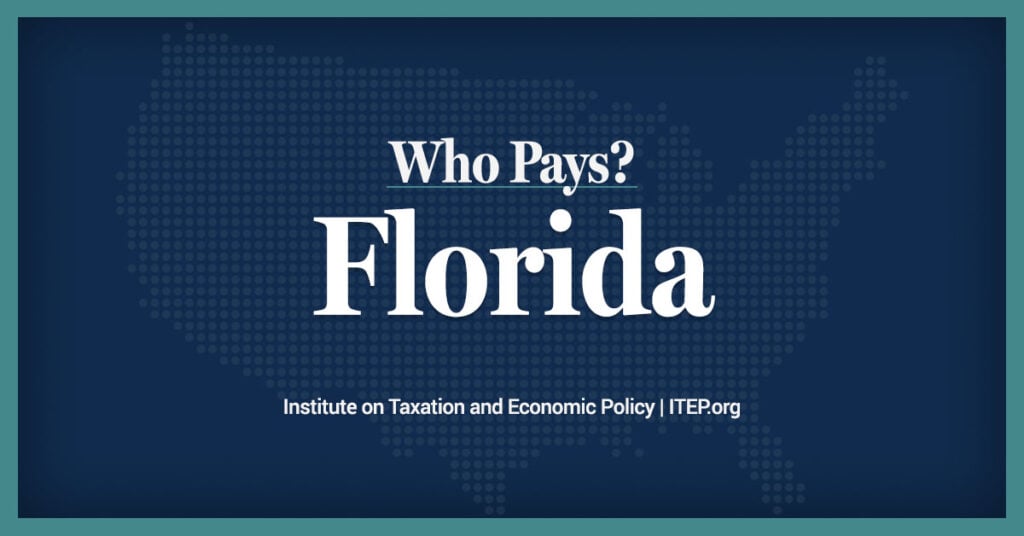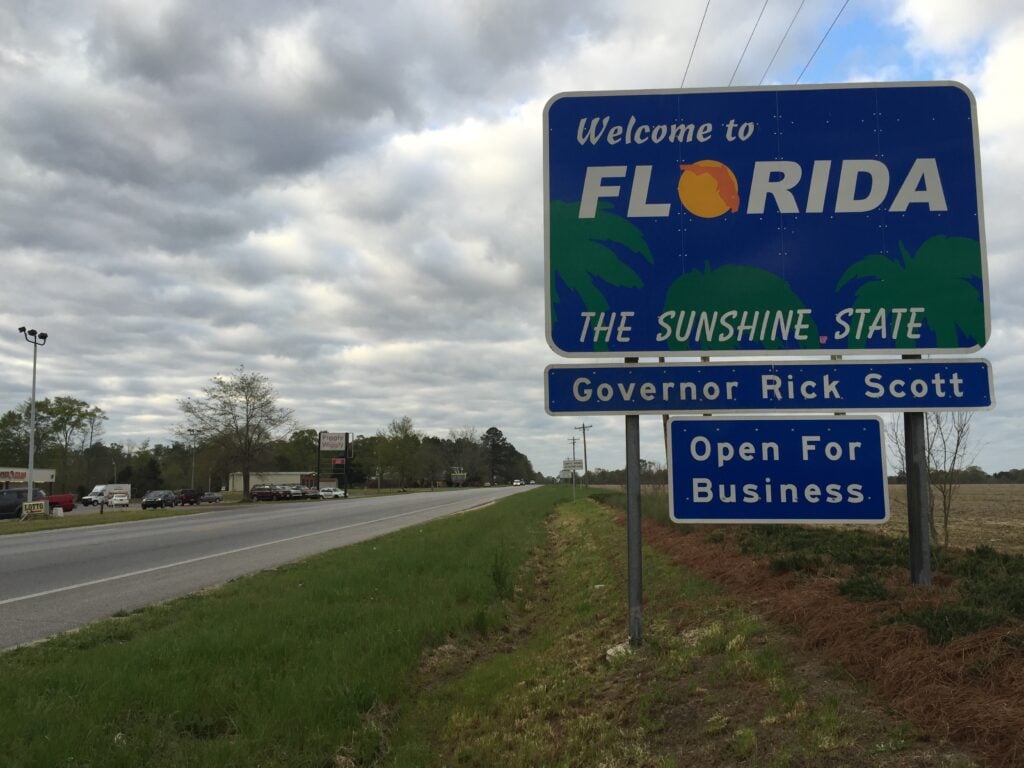By Alan Stonecipher Special to the Star-Banner
Published: Sunday, November 14, 2010 at 6:30 a.m.
FLORIDA FOCUS
The number of Floridians living below the federal poverty level increased between 2007 and 2009 by almost 550,000 — equal to the population of the cities of Orlando and Tampa combined.
New U.S. Census figures show about 2.7 million Floridians, or 14.9 percent, lived in poverty in 2009, a sharp rise over 2007’s 12.1 percent. Among children below age 18, 852,000 lived in poverty in 2009, driving the child poverty rate to 21.3 percent from 17.1 percent in 2007.
The Census Bureau documents other ways in which the Great Recession has hurt Floridians. For example, median household income declined 5.7 percent in Florida between 2008 and 2009, the second-largest drop in the nation.
Even as more low- and moderate-income residents of Florida struggle to make ends meet and hundreds of thousands fall into poverty, many Floridians with the greatest wealth receive tax breaks.
These tax benefits have worsened the dramatic decline in state revenues due to the recession. Even with billions in federal funds from the 2009 Recovery Act, the Legislature has adopted budgets that squeeze the public services that Florida’s struggling families rely on.
Meanwhile, Florida’s two “wealth taxes” — the annual intangibles tax and the estate tax — have been eliminated by legislative and congressional action. These taxes specifically targeted the wealth held by Floridians as a way to make the tax structure more fair. Ten years ago they generated about $1.5 billion each year for the state budget, but nothing since they eliminated it in 2007.
The elimination of the wealth taxes, combined with Florida’s prohibition against a state income tax, has made the state’s tax system the second-worst in the nation. “Florida is a low tax state, but not for those living in poverty,” a national economic policy center reports.
“Families living near or below the poverty line generally do not experience Florida as a low-tax state — instead, they pay more than their fair share of state and local taxes,” the Institute on Taxation and Economic Policy (ITEP) said.
ITEP reported in 2009 that the poorest 20 percent of Floridians paid an average of 13.5 percent of their income in Florida taxes, while the wealthiest 1 percent paid 2.1 percent of their income, on average. State and local taxes paid by the poorest 20 percent of nonelderly Floridians ($10,500 average income) are the second-highest in the nation. Taxes paid by those in the next-poorest 20 percent (average income of $23,200) are 15th-highest.
Although Florida’s state and local taxes are 15th-lowest in the nation as a share of personal income, ITEP said, heavy reliance on property and sales taxes and with no income tax “means that Florida isn’t a low-tax state for everyone.”
On top of the lopsided tax structure made worse by the elimination of wealth taxes, the Florida Legislature raised regressive taxes and fees in 2009 by more than $2 billion a year. These increases targeted items such as motor-vehicle fees and cigarettes, considered regressive because they require a greater share of the income of poor people than of those more well-to-do.
In addition, Florida’s tax system contains more than 240 sales tax breaks that total $10.4 billion annually and does not tax services that exclude another $20.4 billion in annual potential tax revenue. Exemptions from the corporate income tax cost more than $1 billion annually, and the state loses several hundred million dollars each year because of “tax-avoidance behavior” by companies.
These actions occur in an overall economic environment in which income inequality is rising to record levels, the Census Bureau reports. Nationally, the 40 percent of Americans at the bottom of the income ladder earned only 12 percent of all household income. The bottom 60 percent — those earning $61,801 or less in 2009 — totaled only 26.6 percent of total U.S. household incomes. The remaining 73.5 percent of household income was earned by the 40 percent of Americans at the top of the income ladder.
As the new Florida governor and Legislature write a new budget in 2011, they will face an estimated $2.5 billion gap between expected revenues and basic expenses for services like education and health care. Demands for services have risen during the downturn while the state’s ability to pay has been compromised — both by the recession itself and choices made by policymakers to provide tax breaks to some Floridians.
Policymakers could choose to modernize the tax structure to provide adequate revenue, match the tax structure to the modern economy, broaden the base of taxation by asking those who have not been paying to contribute their fair share and relieve the tax burden on those least able to pay.
Alan Stonecipher, director of communications for the Florida Center for Fiscal and Economic Policy in Tallahassee, has 20 years of experience in public policy and governmental analysis in Florida.




